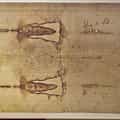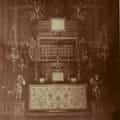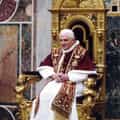Updated August 20, 2019 –
The Shroud of Turino is supposedly Jesus Christ’s burial shroud, the one he was wrapped in after he perished. However, despite years of debate, testing, and analysis, no one can quite agree on whether or not the shroud is real.
Some scientific authorities claim the shroud could not date earlier than the Middle Ages, while others say those results are tainted. There is a constant rebuttal of evidence suggesting the Shroud of Turino’s authenticity, while many also challenge proof suggesting it to be a fake. The integrity of the shroud is so dubious even the Vatican refuses to take a definitive position.
The Blood On The Shroud Is Real And Came From A Distressed Man
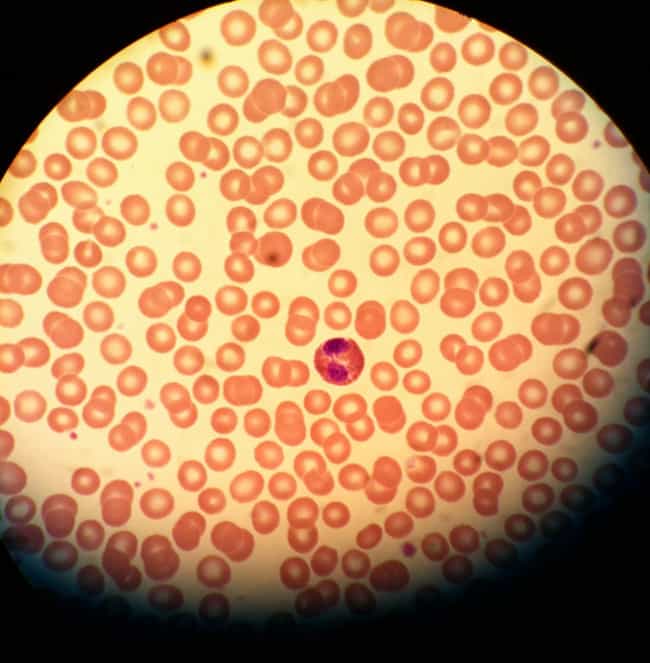
For a long time, the “paint theory” claimed the blood on the shroud was painted on, a clever imitation. But thanks to advances in microscopy and blood testing, researchers have confirmed it as real human blood and found its type (AB).
Furthermore, analysis of the blood revealed an unusual amount of creatinine, which indicates the source experienced distress before the blood was emitted. In addition, a particular interaction between creatinine and ferritin indicated the person went through prolonged mistreatment consistent with the story of Jesus’s passing.

The Shroud Is A Photo Negative And Shows A Human Face
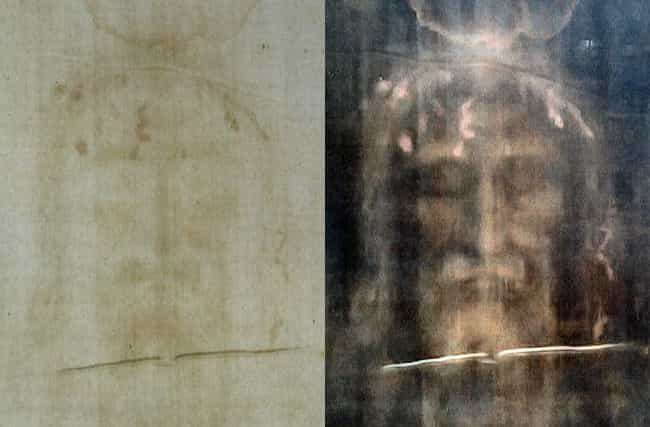
One of the most mystifying qualities of the shroud is the strange image of a man’s face imprinted on it. This was first discovered in 1898 when Secondo Pia took a photo of the shroud and, as he developed it, a negative image of a man’s face appeared. The world was astonished, and there is still no clear consensus on how this photonegative image got imprinted on the shroud.
There are many theories: some believe it was painted on, or lactic acid from sweat imprinted the image. Still, others think the shroud is a primitive photograph that uses silver nitrate to create the impression. This mystery remains one of the strongest indicators of the shroud’s possible authenticity.

Carbon Dating Originally Found The Shroud Dates To Medieval Times
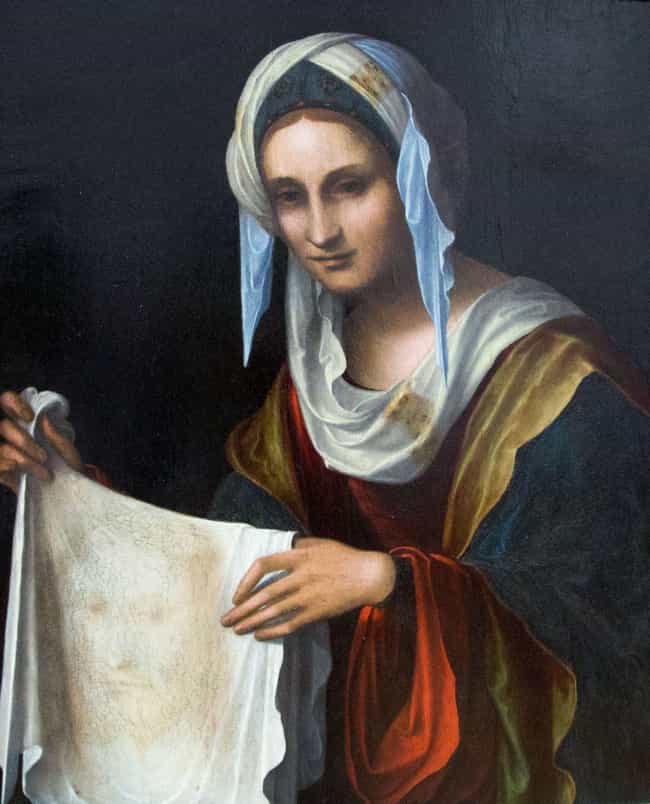
The shroud underwent carbon dating and, in 1988, a team of scientists took a portion of the shroud and dated it between 1260 and 1390 CE, well after the life of Christ. However, there are those who say the lab had taken a patch that had gotten replaced when a fire affected the original shroud in the Middle Ages.
The doubters have retorted, saying during the carbon-dating process, the team noted the weave of the sample matched the rest of the shroud perfectly.

A 2013 Test Refuted The Original Carbon Dating
University of Padua Professor Giulio Fanti was the leader of a 2013 investigation that used infrared spectroscopy to ascertain the shroud’s exact date of origin. He argued that not enough was known about how the shroud was conserved during its first few centuries, so the results could have become tainted. Fanti’s test placed the shroud’s creation between 300 BCE and 400 CE, meaning it could well be legitimate.
However, one of the members of the original carbon-dating team fired back, stating Fanti’s methods are new, untested, and not reliably used by the archaeological community.
Pollen Found On The Shroud Reinforces Its Claim To Authenticity
Botanist Avinoam Danin conducted a comprehensive analysis of the shroud in 1999, but he wasn’t using carbon dating or spectroscopy. He was looking for pollen. Danin and his team were able to find minute amounts of pollen from flowers left on the shroud. This pollen was from a particular type of thistle, which blooms in Israel from March to May.
Members of the team even claim some of the pollen came from the “crown of thorns” that Jesus had worn on his head.
Wounds Of The Shroud Figure Are Consistent With Roman Practices
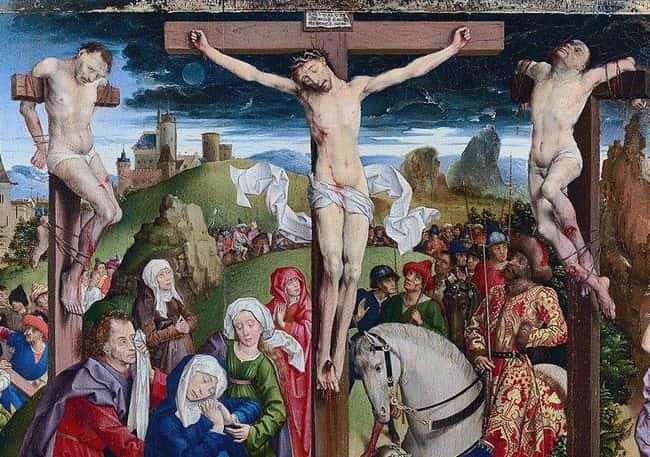
Robert Bucklin, a forensic pathologist, conducted a thorough investigation of the shroud in 1997. He looked at the image from head to toe, and noted such wounds as those around the forehead, at the wrists, and on the person’s side.
They are all consistent with how Jesus was said to have passed, but Bucklin drew further conclusions. For example, due to the pattern of blood from the wrist, Bucklin was able to determine the individual perished while upright. He concluded, “the individual was sentenced to [capital punishment], and that [it] was carried out by [being affixed to a cross].”
The Stains On The Shroud Are Not Consistent With A Live Person
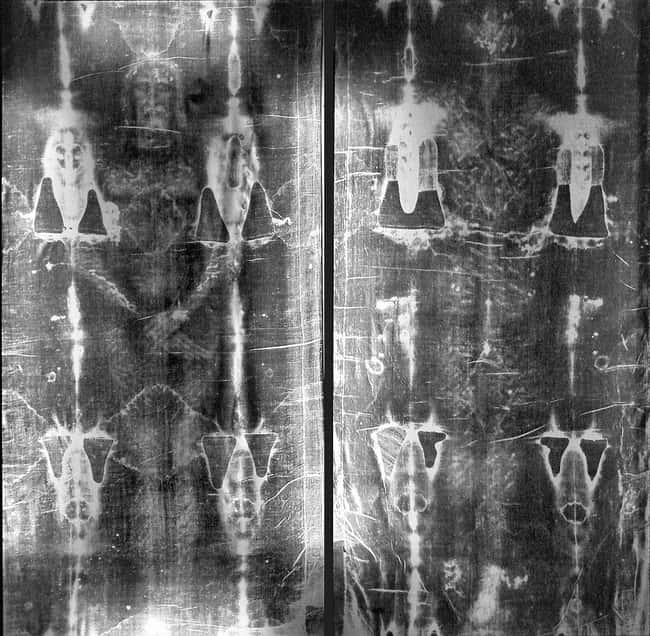
A group of forensic anthropologists conducted a careful analysis of the linen and blood patterns in 2018. They performed a number of tests, which included tapping a mannequin with a blood-soaked sponge to see how the substance would run down the body (mimicking the spear that pierced Jesus’s side), and applying it to a living subject to see if there was any difference between the mannequin and a real person.
They concluded, “these cannot be real [stains] from a person who was [fastened to a cross] and then put into a grave, but actually handmade by the artist that created the shroud.”
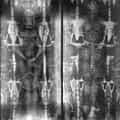
The Earliest Surviving Reference To The Shroud Is A Letter To The Pope Written In 1389

The first reference to the shroud – and both sides of the debate agree upon this – is a letter written by Bishop Pierre D’Arcis in 1389. It was a memorandum to Pope Clement VII, and it refers to the shroud in blistering terms. D’Arcis calls the shroud a “clever sleight of hand,” accusing the dean of the Lirey church of using the shroud “with [dishonest] intent and for the purposes of gain.”
Critics of the bishop’s letter point out D’Arcis never says where this claim of inauthenticity originated; the bishop, a former lawyer, would likely have provided sources if he had them.
Some Claim There Is A Certificate Imprinted On The Shroud
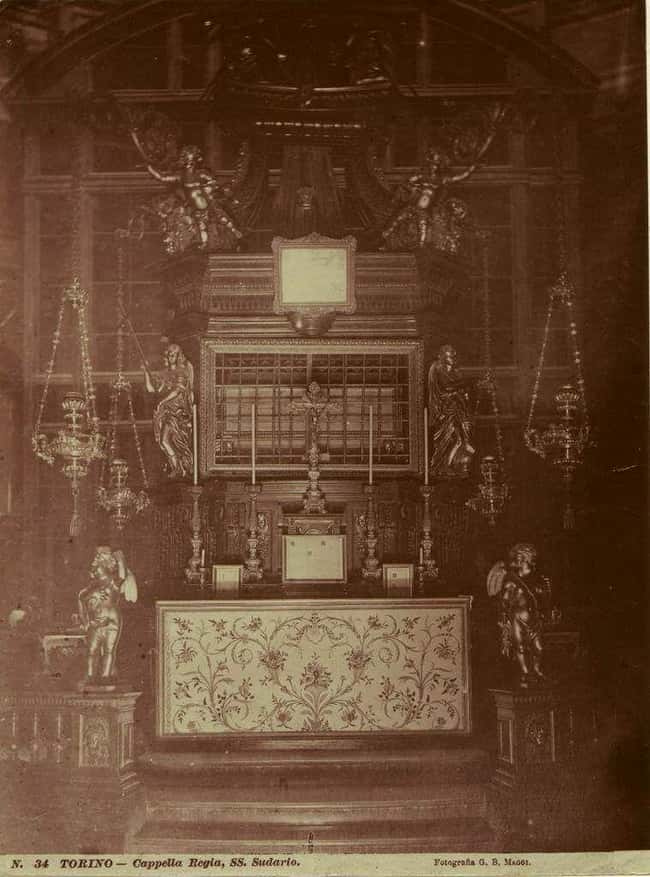
In 2009, Vatican researcher Dr. Barbara Frale said she discovered faint writing on the shroud. Using sophisticated imaging technology, Frale claimed she uncovered text that referenced the name “Jesus Nazarene” and Christ’s demise. If true, Roman authorities likely left the words behind via the ink of a paper certificate attached to the shroud.
Other experts regard Frale’s findings with skepticism. Church historian Antonio Lombatti said, “People work on grainy photos and think they see things… It’s all the result of imagination and computer software.”
The Shroud Contains DNA From All Over The World
In 2015, researchers analyzed material from the back of the shroud to examine its genomic content. They found plant DNA from all over the world: the Middle East, India, even the Americas. While this process generated a wealth of new information, it is – for the moment – inconclusive. Researchers stated it’s entirely possible the shroud did originate from Israel or medieval Europe, then later became contaminated by organic matter and pilgrims from other continents.
There was, however, some genetic evidence to suggest the cloth itself was woven in India.
Pope Benedict XVI Believes In The Shroud’s Authenticity
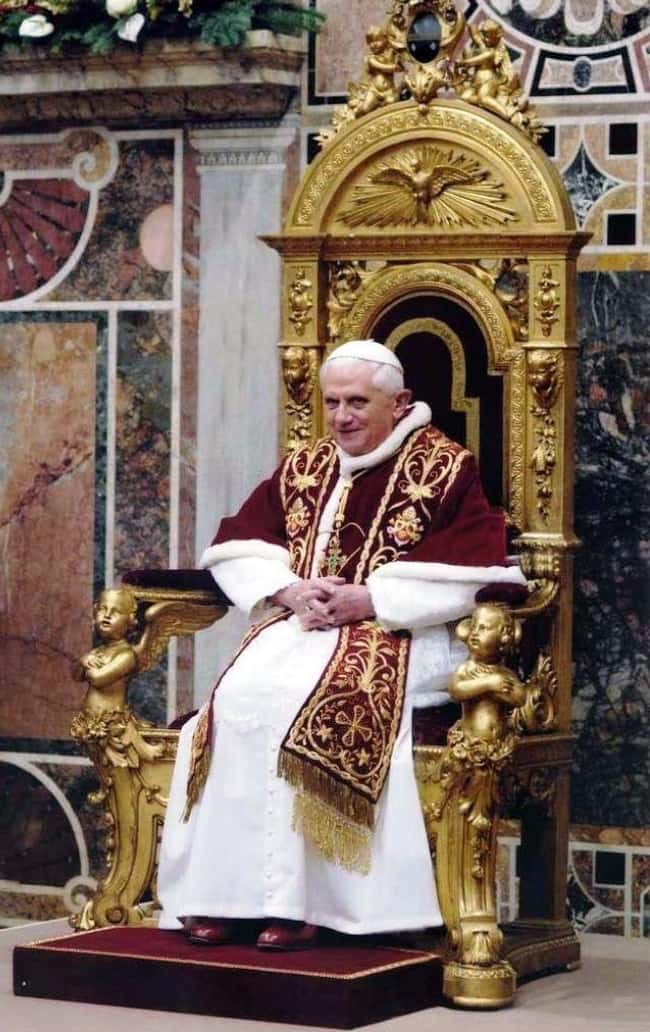
While the Vatican has remained coy when making any official statement about the shroud, certain popes were a little more forthcoming. Pope Benedict XVI gave the most comprehensive endorsement of the shroud thus far. During a visit to Turino, Benedict said, “This is a burial cloth that wrapped the remains of a [perished] man in full correspondence with what the Gospels tell us of Jesus.”
He continued, “The Shroud of Turino offers us the image of how [he] lay in the tomb during that time; time that was brief chronologically – about a day and a half – but was immense, infinite in its value and significance.”
An Earthquake May Have Affected Carbon-Dating Attempts
In 2014, a team of Italian scientists contended an 8.2-magnitude earthquake in 33 CE might be responsible for false carbon-dating results. Oxford scientists originally carbon dated the shroud to the 13th century, dealing a blow to believers in its authenticity. However, this new team claims neutron emissions from the powerful earthquake could not be only responsible for the image imprinted on the shroud, but could also have given the carbon-dating team false information.
A number of scientists have pushed back on this theory, pointing out there are no records of such emissions during other known natural events of a similar magnitude.
The Vatican Hasn’t Made An Official Statement On It

No pope has ever made an official statement on the shroud’s authenticity. As with many papal issues, however, the devil is in the details. All popes have encouraged veneration of the shroud and referred to it reverently. Pope Benedict XVI called it an “icon.”
Pope Francis called it an “icon of a man scourged… ” But only Pope John Paul II has called it a “relic,” which is a word reserved for objects directly connected to holy figures. However, it’s still not a declaration of authenticity.
John Calvin Refuted The Shroud’s Authenticity
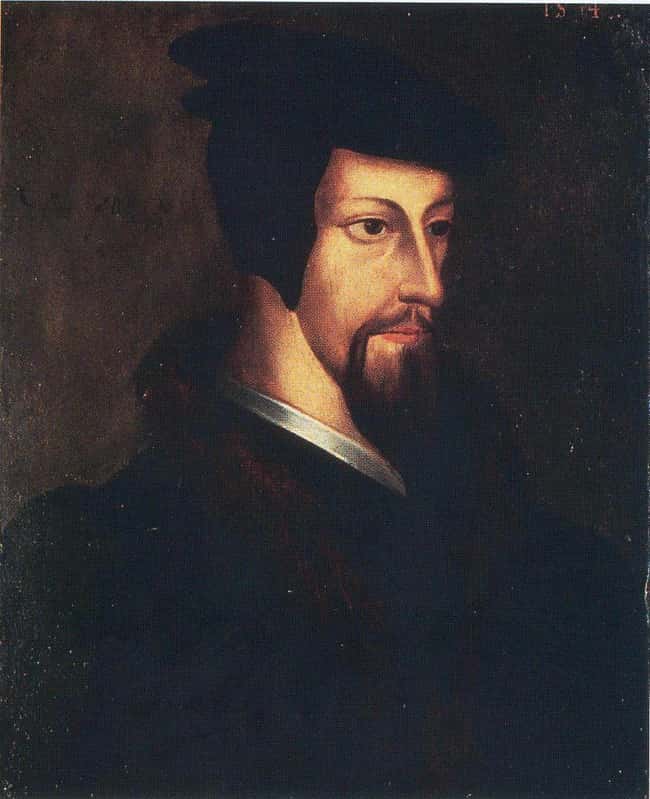
Few defenders of Christianity were as mercilessly logical as the Protestant reformer John Calvin. He said of the shroud, “St. John, in his Gospel… does not say that there was a miraculous impression of our Lord’s figure upon these clothes, and it is not to be imagined that he would have omitted to mention such a work of God if there had been [anything] of this kind.”
To Calvin, there are only two possible conclusions – one of which is more reasonable than the other: either St. John is lying, or those who claim the shroud is real are being dishonest.
[Editor’s note: Or St. John may have wished to keep any knowledge about the shroud secret to protect it.]
–
(For the source of this, and many other equally intriguing articles, please visit: https://www.ranker.com/list/shroud-of-turin-evidence/quinn-armstrong/)









